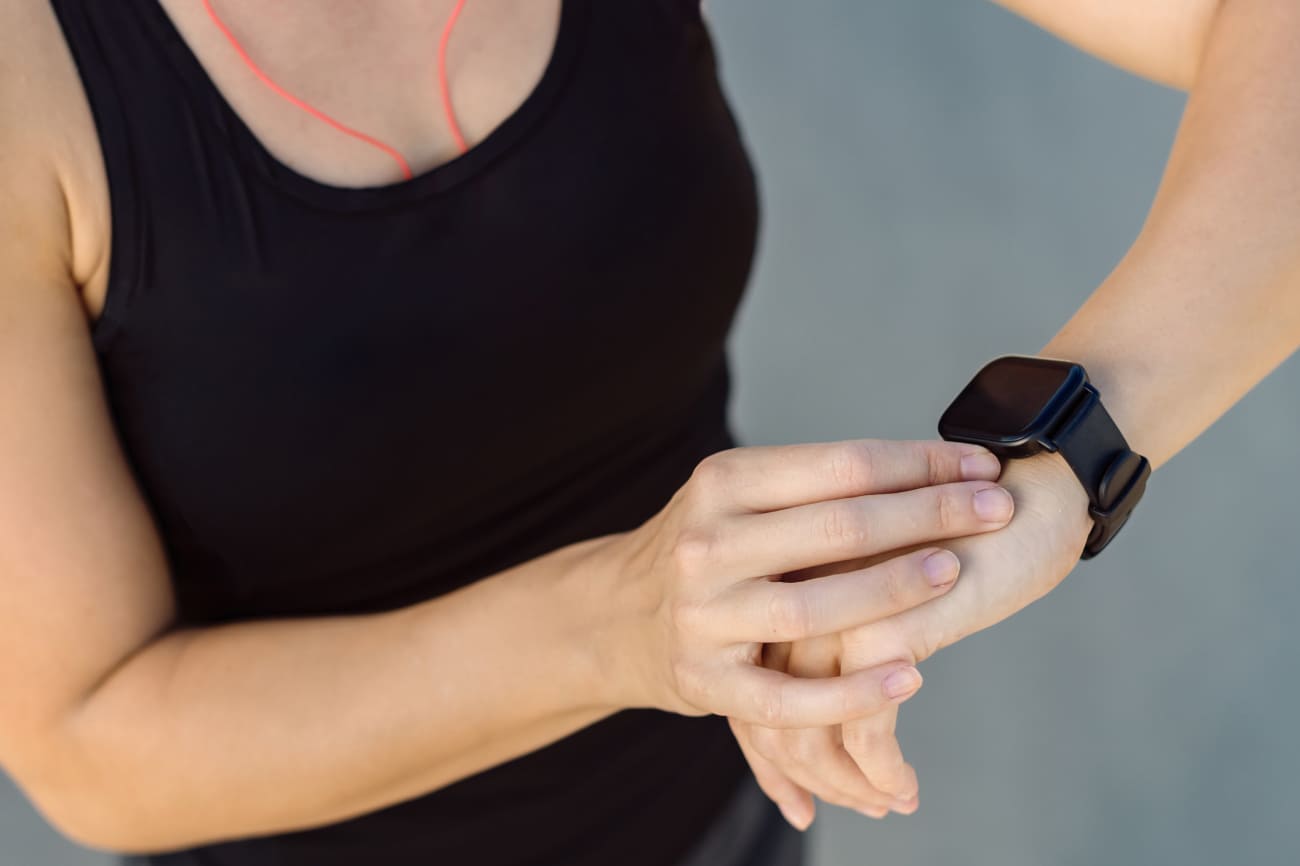Benefits and Challenges of Glucose Monitoring Smartwatches

Technology continues transforming healthcare, offering innovative solutions for managing chronic conditions like diabetes. Among these, glucose-monitoring smartwatches stand out as a groundbreaking tool.
These sleek devices empower users with real-time health monitoring, delivering convenience and data accessibility right to their wrist. In this blog, we will walk you through how glucose-monitoring smartwatches work and their benefits before you consider adopting this exciting technology.
Benefits of Glucose Monitoring Smartwatches
Glucose-monitoring smartwatches are revolutionizing how we track and manage health. Here’s why they’re a game-changer:
-
Continuous glucose monitoring integration
One of the most remarkable features of glucose-monitoring smartwatches is their seamless integration with Continuous Glucose Monitoring (CGM) systems. These systems measure blood glucose levels in real time using a small sensor beneath the skin.
With a smartwatch, users gain instant access to these readings directly on their wrist—no need to reach for an additional device. This real-time data allows wearers to act quickly when glucose levels fluctuate. Furthermore, some devices even issue alerts when levels fall outside the safe range, supporting proactive health actions.
-
Health tracking
Beyond glucose monitoring, these smartwatches track essential health metrics such as heart rate, calorie burn, and physical activity. For those managing diabetes, physical activity plays a critical role in maintaining healthy glucose levels.
Wearers can better understand how exercise impacts their blood sugar levels by tracking workout intensity and duration. This data empowers users to optimize their routines, ensuring they remain on track with their health and fitness goals.
-
Alerts and reminders
Consistency is key in diabetes care, and glucose-monitoring smartwatches are designed to help. They offer customizable alerts and reminders for important tasks like taking medication, checking blood sugar, or administering insulin.
By eliminating the risk of missed doses, these reminders improve adherence to prescribed regimens and contribute to better long-term health outcomes. Immediate notifications for abnormal glucose levels further enhance safety and control.
-
Data insights and health apps
Glucose monitoring smartwatches aren’t just devices; they’re part of an interconnected health system. Users can sync their smartwatch with mobile health apps to store and analyze long-term data.
These insights allow wearers to identify trends, such as how meals impact glucose levels or how specific activities influence blood sugar stability. Health providers can also access this data to create personalized treatment plans, enabling more precise and informed care.
-
Convenience in diabetes care
Traditional diabetes devices, like blood glucose meters and insulin pumps, are often bulky and less convenient to carry around. Smartwatches change the game by offering all-in-one functionality in a discreet, wearable package.
If you're at work, on the go, or relaxing at home, these smartwatches make it easy to stay connected to critical health metrics. They are effortlessly accessible and user-friendly, and help bridge the gap between technology and health for optimal diabetes management.
Challenges of Glucose Monitoring Smartwatches
While the benefits of glucose-monitoring smartwatches are clear, there are some considerations to keep in mind before investing.
-
Cost
These devices often come with a premium price tag, especially when paired with compatible CGM systems. Although they provide excellent value over time, the upfront investment can be significant.
-
Accuracy
While CGM technology is reliable, smartwatches depend on integration with these systems. It's crucial to ensure that the device and CGM technology are fully compatible to maintain accuracy.
-
Battery life
Advanced features like continuous monitoring and notifications can drain battery life quickly. Users should assess their device's battery capacity to ensure it aligns with their lifestyle.
-
Supplementary role
Lastly, glucose-monitoring smartwatches should complement—not replace—traditional medical devices or professional healthcare advice. Always consult your healthcare provider when incorporating new technologies into your care routine.
Glucose monitoring smartwatches are revolutionizing how individuals manage diabetes, making it easier than ever to balance technology and personal health. From real-time glucose data to holistic wellness insights and enhanced convenience, these devices empower users to take control of their condition.
If you're considering integrating a smartwatch into your health routine, weigh the benefits against the challenges and consult with a healthcare professional to ensure alignment with your needs.
